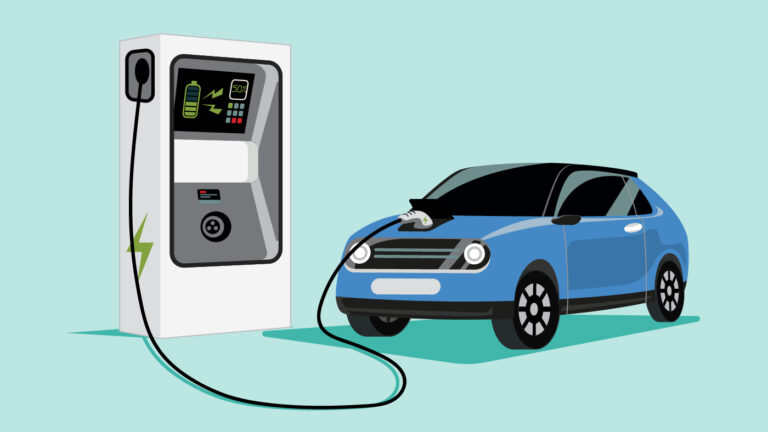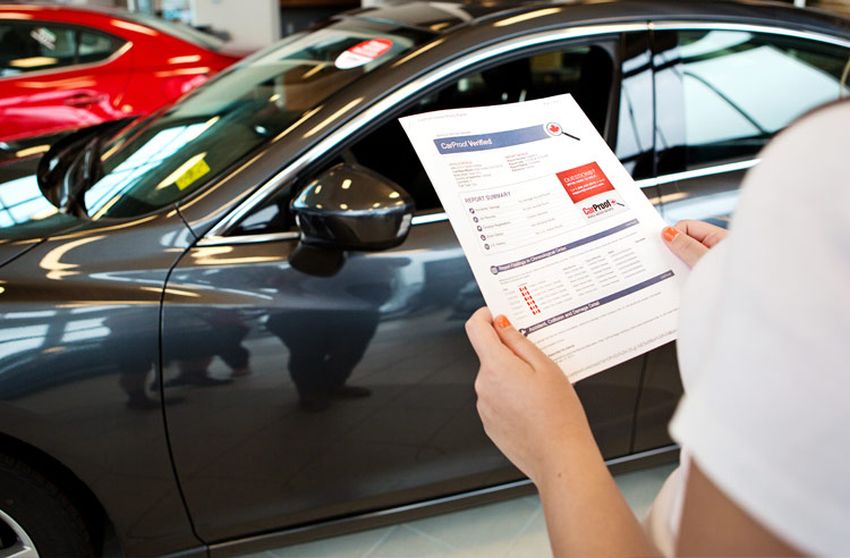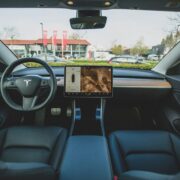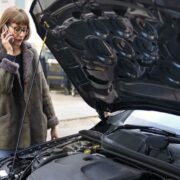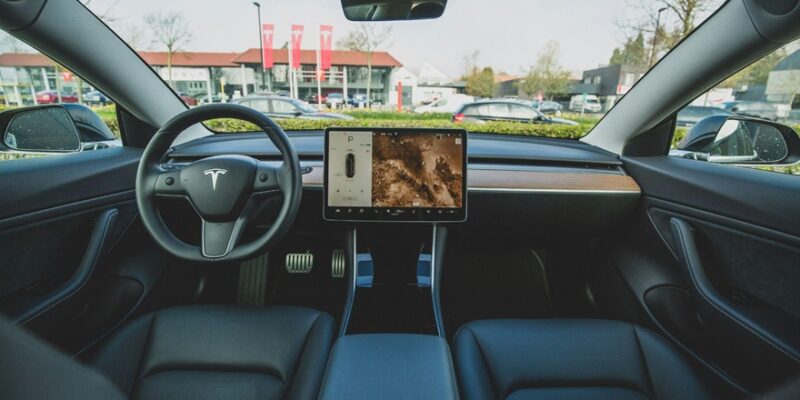
In recent years, the automotive industry has been abuzz with talk of autonomous vehicles poised to revolutionize transportation. Many big companies now have self-driving cars, including Mercedez-Benz, Tesla, Cadillac, Audi, and BMW. Numerous futurists foresaw a future where autonomous vehicles would enhance road safety, simplify parking, improve daily commutes, lower emissions, and diminish domestic air travel. However, amidst the excitement, a significant hurdle remains – public apprehension. A study by AAA sheds light on the intricate web of fear, trust, and technological skepticism surrounding self-driving cars.
An autonomous vehicle is generally defined as an auto equipped with technology capable of sensing its surroundings, including traffic, pedestrians, and potential hazards, and autonomously adjusting its trajectory and speed without human intervention.
The SAE (Society of Automotive Engineers) has divided autonomous driving into five levels. Level 1 comprises basic driver assistance functions like cruise control, while Level 2 integrates Advanced Driver Assistance Systems (ADAS) to manage steering, centering, acceleration, and braking in specific situations. Level 3 introduces self-driving technology capable of assessing traffic conditions and responding accordingly.
While there are five levels of autonomy, only Levels 1 to 3 are currently accessible. For example, Tesla’s Autopilot system is categorized as Level 2 autonomous driving technology. Levels 4 and 5, offering full self-driving capabilities, are not expected to be available on the market for several years. However, manufacturer has already made several SAE Level 2 vehicles available, and recently introduced a single SAE Level 3 vehicle to the market. Check more details about Tesla models here. The Drive Pilot system from Mercedes-Benz is a pioneering example of SAE Level 3 automated driving technology worldwide. It takes full control of driving tasks under specific conditions, allowing drivers to shift their focus away from the road and engage in activities like reading a book or watching a movie.
Findings from an AAA study shed light on the public’s sentiments toward autonomous vehicles. The study presented that 66 percent of respondents fear self-driving vehicles, representing a notable increase from 55 percent just two years ago. This rise in fear coincides with a concerning decline in trust, with only 9 percent expressing confidence in autonomous vehicles. Additionally, a quarter of respondents remain uncertain, reflecting a delicate balance between hope and hesitation.
Despite apprehensions toward fully autonomous cars, there is a surprising willingness to embrace certain technological advancements in driving assistance. Features like automatic braking, reverse automatic braking, and lane keep assist garnered interest from more than half of the respondents, indicating openness to enhancements that supplement their driving experience.
However, skepticism remains, particularly concerning active driving assist and adaptive cruise control, with only 42 percent and 49 percent of respondents expressing interest, respectively. Recent AAA research highlights the unreliability of some driver aids, such as automatic rear braking systems, with only one out of 40 test runs managing to avoid a collision.
Moreover, the road to widespread adoption of autonomous vehicles faces obstacles. General Motors’ Cruise division has encountered significant safety hurdles, raising doubts about fully autonomous driving. In contrast, Google’s Waymo leads in technological innovation but faces challenges integrating autonomous technology into everyday passenger vehicles.
In conclusion, embracing autonomous vehicles requires addressing trust issues, and technological uncertainties. Advancements in driving assistance offer glimpses of enhanced road safety, but widespread adoption necessitates a balance between innovation and caution. Collaborative efforts are needed to address concerns and enhance reliability, laying the foundation for a safer and more efficient transportation future.

